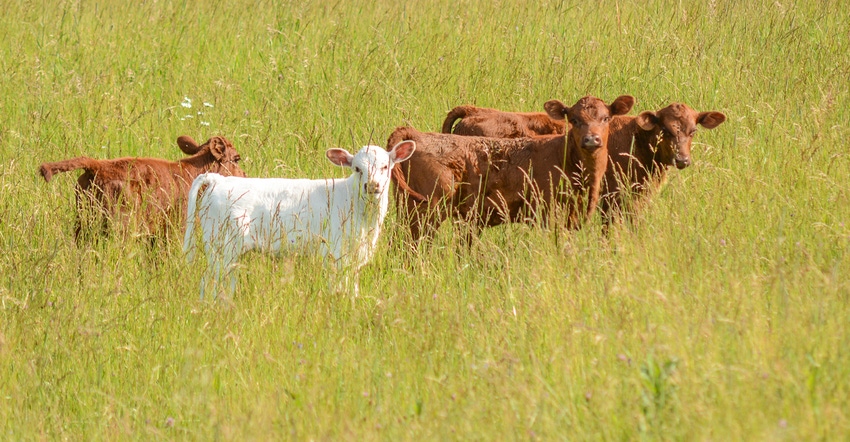June 28, 2018

By Amanda Cauffman
Weaning time is just around the corner for spring-calving cows, and as you prepare to separate cows from their calves, you should also prepare to evaluate certain benchmarks that represent a cow herd’s productivity and overall profitability.
Weaning percentage
One such benchmark that holds great economic importance to a cow herd is weaning percentage. Weaning percentage is calculated by dividing the total number of calves weaned by the total number of cows exposed during the previous breeding season. This percentage takes into account the number of cows open last fall, cows that aborted, and calves lost during or after birth due to such things as dystocia, disease and predators.
Weaning percentage is a measurement that indicates issues with fertility and/or management that need to be addressed for the following cow production cycle. Cow-calf producers should aim to have a weaning percentage of 83% or higher to maximize profit.
Average cow age
The average age of a cow herd is an adequate gauge for measuring cow longevity and stayability. Stayability is the percentage of daughters remaining in the herd after six years of productivity. Average cow age is especially important when producers develop their own replacement heifers. It takes a cow weaning five calves to repay her development costs.
Having a greater longevity in the cow herd means fewer replacement heifers are required to maintain cow herd size. However, you need to be sure average cow age is not too old, as cows reach their optimum return on investment at 8 years of age for a commercial herd. You also need to keep in mind that replacement heifers should hold a greater genetic value than mature cows if you have done a good job with genetic selection.
Average age at weaning
The average age of calves at weaning is directly correlated to cow fertility. Knowing the average age of calves at weaning signifies how many cows were bred within the first 21 days, 42 days and 63 days. All cows should have been bred within 90 days of first possible exposure to ensure a uniform calf crop at the time of weaning. Uniformity adds value when marketing calves through feeder sales.
In addition, keeping cows within a 90-day window allows producers to identify the “unfertile Myrtles” of the bunch and eliminate them, saving money and increasing profitability.
Weaning weights
Taking the time to collect weaning weights is beneficial in monitoring the overall production of your cow herd. Knowing average and range-in-weaning weights allows the cow-calf producer to better analyze the cows’ ability in milk production and genetic growth.
The range-in-weaning weights additionally gives the producer the ability to know the outliers. The outliers may signify a cow that is superior in production, or one that is having fertility (bred back late) or production (genetic growth and milk) issues and may need to be managed differently or eliminated from the herd.
Take-home message
Through evaluating these few figures, you can gain a better understanding of how your cows are producing under your management. These measurements can identify areas of success and those that need improvement. By understanding and managing any identified issues, you can increase cows’ productivity and profitability.
For information about the beef industry, visit the Wisconsin Beef Information Center, or contact your local Extension office.
Cauffman is the Extension ag educator in Grant County, Wis. This column is provided by the University of Wisconsin Extension’s Wisconsin Beef Information Center.
You May Also Like




